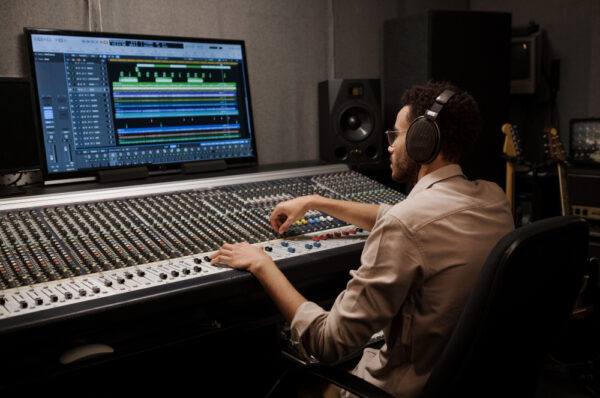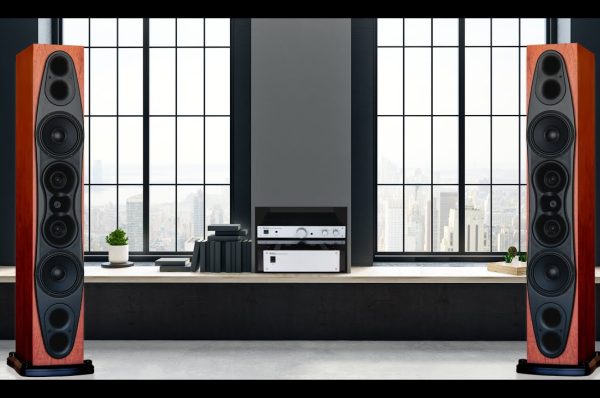Digital Signal Processing (DSP) plays a critical role in modern audio systems. It is used to enhance and improve the sound quality of speakers, amplifiers, and audio processors.
1. What is DSP?
- DSP is a technique for manipulating and analyzing digital signals, such as sound, using mathematical algorithms.
- DSP algorithms are implemented in specialized hardware, such as digital signal processors, or in software running on a general-purpose microcontroller or computer.
2. Types of DSP:
- Filtering: DSP can be used to filter out unwanted noise and distortion, resulting in a clearer and more accurate sound.
- EQ: DSP can be used to adjust the balance of different frequency ranges, allowing for fine-tuning of the sound.
- Compression: DSP can be used to control the dynamic range of the audio, making it more consistent and easier to listen to.
- Reverberation: DSP can be used to simulate the acoustic properties of different environments, adding depth and realism to the sound.
3. DSP in speakers:
DSP can be used in speakers to improve the accuracy and clarity of the sound, by filtering out distortion and adjusting the frequency response.
DSP can also be used to optimize the performance of the speakers, by adjusting the volume and equalization based on the room size and layout, and the listener’s preferences.
4. DSP in amplifiers:
DSP can be used in amplifiers to improve the overall sound quality, by filtering out noise and distortion and adjusting the volume and equalization.
DSP can also be used to optimize the performance of the amplifier, by adjusting the power output based on the speakers and the room size and layout.
5. DSP in audio processors:
DSP can be used in audio processors to enhance sound quality in various ways, such as noise reduction, EQ, compression, and reverberation.
DSP can also be used to create special effects, such as pitch shifting and time stretching, and to analyze the audio, such as for speech recognition and musical analysis.
Conclusion:
DSP is a powerful tool for improving the sound quality of audio systems. By using DSP techniques such as filtering, EQ, compression and reverberation, speakers, amplifiers and audio processors can be optimized to provide a clear and accurate sound. With the development of more sophisticated DSP algorithms, we can expect to see even more advanced and customizable audio experiences in the future.


